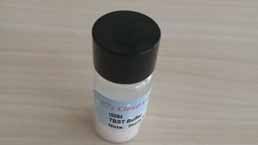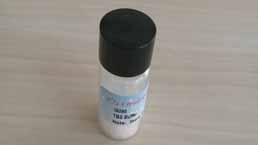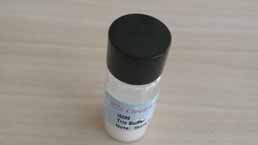Biotin-Linked Polyclonal Antibody to Complement 1q (C1q) 

C1-q; Autoantigen Clq
Overview
Properties
- Product No.LAA747Hu71
- Organism SpeciesHomo sapiens (Human) Same name, Different species.
- ApplicationsWB; IHC; ICC.If the antibody is used in flow cytometry, please check FCM antibodies.
Research use only - Downloadn/a
- CategoryInfection immunityImmune moleculeAutoimmunity
- SourceAntibody labeling
- Ig Type IgG, Potency n/a
- PurificationAntigen-specific affinity chromatography followed by Protein A affinity chromatography
- LabelBiotin
- Original Antibody n/a
- Buffer FormulationPBS, pH7.4, containing 0.02% NaN3, 50% glycerol.
- TraitsLiquid, Concentration 500µg/mL
Sign into your account
Share a new citation as an author
Upload your experimental result
Review

Contact us
Please fill in the blank.
Specifity
The antibody is a rabbit polyclonal antibody raised against C1q. It has been selected for its ability to recognize C1q in immunohistochemical staining and western blotting.
Usage
Western blotting: 0.2-2µg/mL;1:250-2500
Immunohistochemistry: 5-20µg/mL;1:25-100
Immunocytochemistry: 5-20µg/mL;1:25-100
Optimal working dilutions must be determined by end user.
Storage
Store at 4°C for frequent use. Stored at -20°C in a manual defrost freezer for two year without detectable loss of activity. Avoid repeated freeze-thaw cycles.
Stability
The thermal stability is described by the loss rate. The loss rate was determined by accelerated thermal degradation test, that is, incubate the protein at 37°C for 48h, and no obvious degradation and precipitation were observed. The loss rate is less than 5% within the expiration date under appropriate storage condition.
Giveaways
Increment services
Citations
- Complement activation contributes to the injury and outcome of kidney in human anti-glomerular basement membrane disease.PubMed: 22941511
- Characterization of complement 1q binding protein of tiger shrimp, Penaeus monodon, and its C1q binding activityPubmed: 23085472
- Acute and prolonged complement activation in the central nervous system during herpes simplex encephalitisPubmed:27235358
- The role of complement components C1q, MBL and C1 inhibitor in pathogenesis of endometriosisPubmed:29572748
- Intrathecal complement activation by the classical pathway in tick-borne encephalitisPubmed: 30850976
- Complement activation profile of patients with primary focal segmental glomerulosclerosisPubmed: 32569286
- Liver Immune Profiling Reveals Pathogenesis and Therapeutics for Biliary Atresia33248023
- Plasma and urine complement activation products in light chain and heavy chain deposition disease
- Matrine treatment induced an A2 astrocyte phenotype and protected the blood-brain barrier in CNS autoimmunity34280490
- Elevated Serum Complement C1q Levels After Traumatic Brain Injury and Its Association with Poor PrognosisPubmed:35035218













